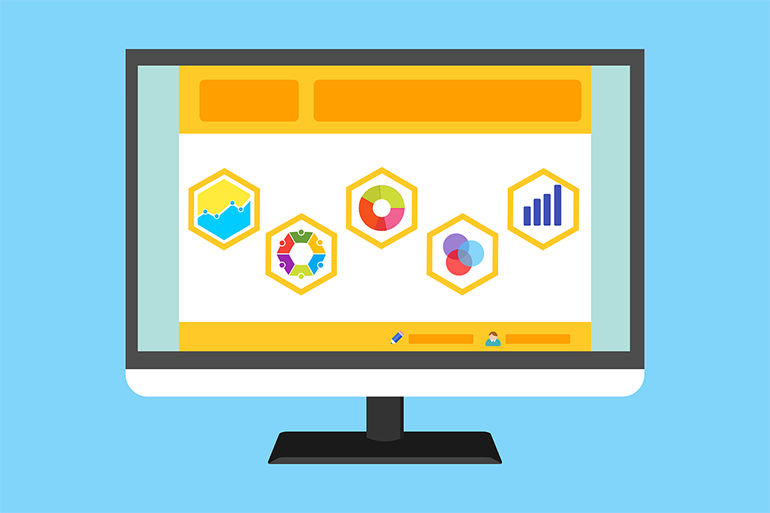 With Customer Data Platforms (CDPs), data scientists can link cross-channel customer data, helping entire companies - including marketers - achieve the comprehensive customer understanding needed to deliver relevant and engaging experiences.
With Customer Data Platforms (CDPs), data scientists can link cross-channel customer data, helping entire companies - including marketers - achieve the comprehensive customer understanding needed to deliver relevant and engaging experiences.
However, despite its popularity, the CDP continues to cause confusion and is often thought to be an improved version of a data management platform (DMP), but they are in fact not interchangeable: so, if marketers want to take advantage of CDPs, they first need to bring their tech knowledge up to date.
Let's start with the most important definitions of the terms DMPs and CDPs: the basics
As an established part of the marketing landscape, DMPs capture and filter data about site behavior and use that information to build segments. Their core objective is to increase inbound website traffic.
Segments are often used for customer analysis or fed into advertising tools that enable programmatic trading, such as Demand-Side Platforms (DSPs).
By contrast, CDPs capture, enhance and consolidate first-party customer data from all connected devices, channels and platforms and make them action-relevant. This results in a single, integrated dataset that can be used to create a 360-degree view of individual customers, in real-time, by any department across the enterprise, not just marketers.
To explain why the key features of these platforms are important, we need to first understand how they work on a practical level. It is about the ability to keep up with customers who switch between channels ("channel hopping") and unify fragmented data storage.
1. A question of identity
DMPs can receive online and offline data, but what they can do with that data is limited, especially in terms of identification. First, the information they store is inherently anonymous and any identifiers are usually probabilistic in nature. Second, DMPs can only store third-party identifiers. The resulting data gaps make a true understanding of the customer journey difficult. Additionally, identifiers must be reconciled with data prior to their inclusion in the platform, adding an additional layer of complexity.
In contrast, CDPs can pinpoint who people are and store all the identifiers associated with them, not just from 3rd-parties. This means that insights are mostly deterministic rather than probabilistic in nature. In addition, no identity reconciliation is required prior to data entry. In combination, these capabilities mean that CDPs provide the ability to identify customers in a reliable, consistent manner and move across screens and channels in real time.
2. The full range of customers
Third party cookies are the traditional, preferred online tracking mechanism, and therefore it is hardly surprising that DMPs - which focus on website behavior - have been designed to depend on these cookies. Not to mention that it makes communication with ad-tech partners like DSPs easier. However, this may limit the usefulness of DMPs because third-party data is only a fraction of the customer's activity and thus hinders building a holistic view of individuals and their unique experiences.
A CDP can fill here again these gaps. As a powerful data orchestration tool, a CDP can aggregate, mix, enrich, and activate information from any source, including 1st-, 2nd-, and 3rd- party data. Combined with efficient identity determination, the output of CDPs is ultimately a centralized hub with in-depth customer insights, providing the ideal foundation for profiling and personalized engagement. In this way, CDPs can help entire organizations transform their overall customer experience by using a common data pool to promote consistent, relevant, and effective communication.
None of this, however, means that DMPs have become obsolete. In marketing and other areas, they are still valuable to businesses. But only knowing what distinguishes them from CDPs will ultimately enable companies to make informed decisions about which tool to use, or how they can complement each other.
For example, CDPs are clearly the proven option for generating the coveted "single customer view": aggregating online and offline customer touchpoints to provide granular individual understanding. By contrast, DMPs have the potential to contribute information to CDPs and leverage the insights they provide to increase their own efficiency. By releasing detailed customer data, they can construct better lookalike audiences and segments that improve targeting quality and give advertisers a greater chance of reaching the mark. This helps to drive customer engagement and higher returns.
In a tight-knit, fast-moving industry, it's better to use one tool to strengthen another than to eliminate existing tools with each innovation.
By Daniela La Marca


